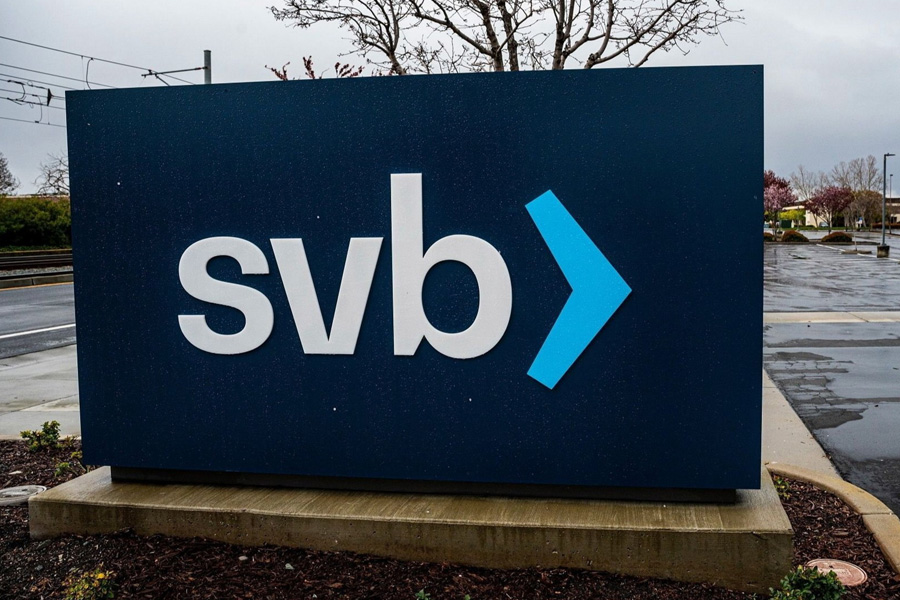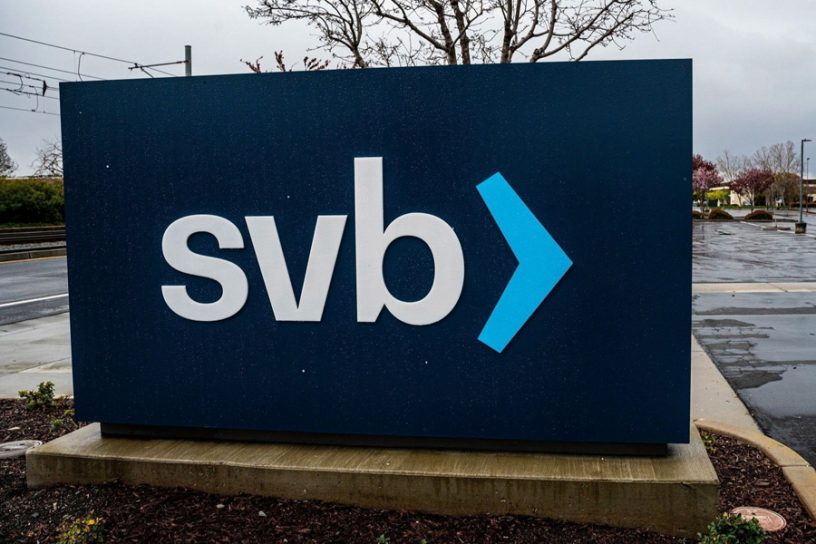
This is among the most significant crises in American banking history since the 2008 global recession when Lehman Brothers, a financial services giant and the fourth-largest American investment bank, filed for bankruptcy.
Author
Deepanshu Mohan, Associate Professor of Economics and Director, Centre for New Economics Studies (CNES), Jindal School of Liberal Arts and Humanities, O.P. Jindal Global University, Sonipat, Haryana, India.
Summary
The collapse of the Silicon Valley Bank in America on March 10 is likely to have a global spillover effect on startup companies, especially bigger technology companies that are still under private ownership.
Technology companies in Canada and India, particularly those that invested in the United States to expand their business and parked large sums of money with the bank, have been left vulnerable.
This is among the most significant crises in American banking history since the 2008 global recession when Lehman Brothers, a financial services giant and the fourth-largest American investment bank, filed for bankruptcy.
Several questions emerge: First, what happened with Silicon Valley Bank? Second, why is it important to diagnose its collapse? Third, what does this mean for the American and global monetary policy landscape?
American journalist and commentator Noah Smith and historian Adam Tooze have both published detailed explanations tracing the chain of events that led to the “bank run” – excess withdrawals by individuals and companies – on an “unusual” bank that was largely catering to the financial needs of startup companies.
One can say “unusual” because for an average commercial bank, around 50% of the deposits are “FDIC insured” – or by the Federal Deposit Insurance Corporation. In case of a run on the bank, around 50% of the deposits, or a certain amount, will be covered by the federal government or the Federal Reserve.
Published in: Scroll.in
To read the full article, please click here.


